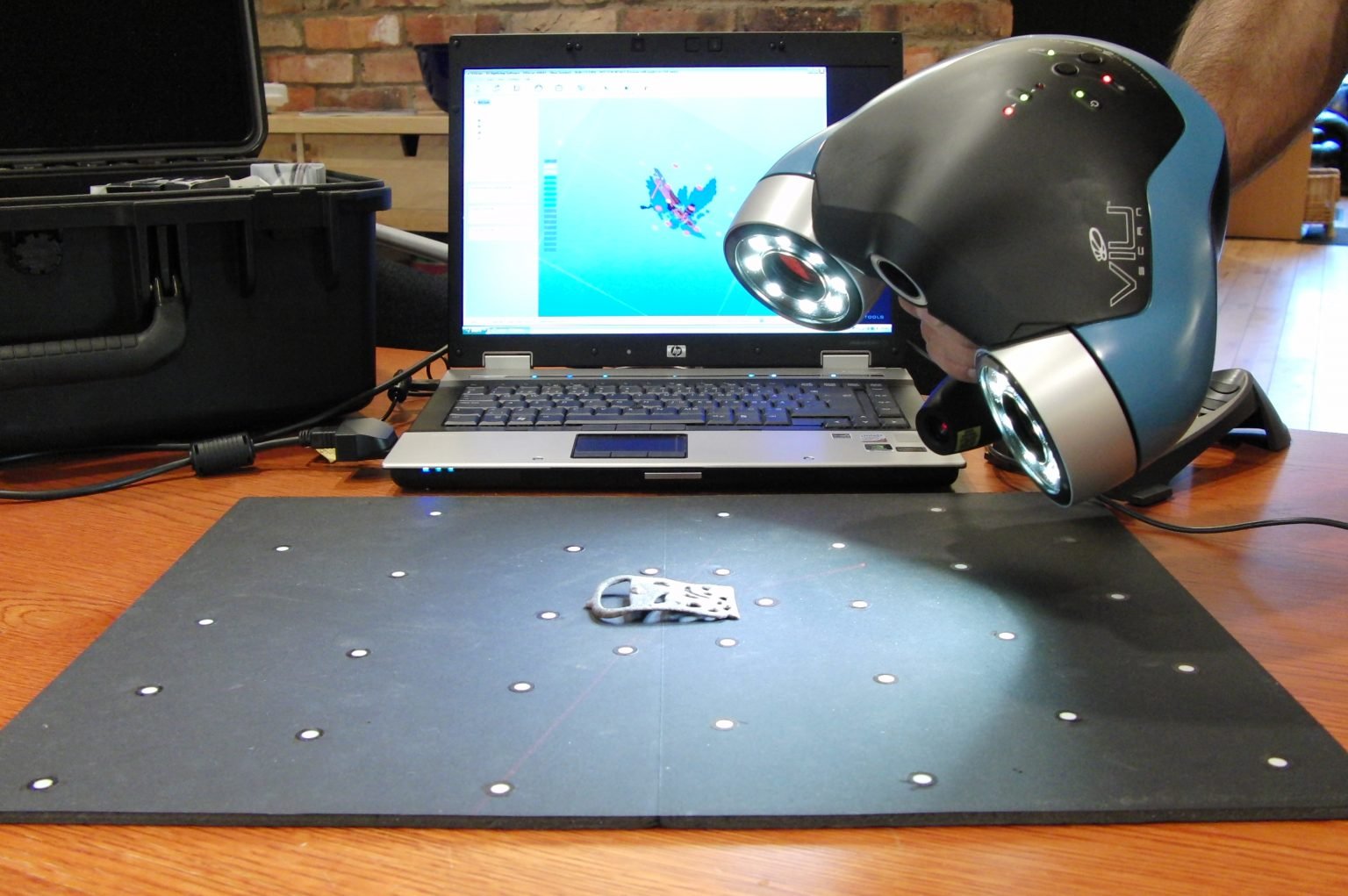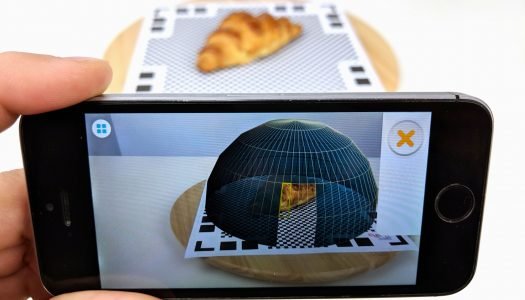3D scanning: A boon in disguise
3D scanning is a relatively new technology that has gained a lot of traction in recent years. Many industries, including medicine, construction, surveying, reverse engineering, and computer graphics, have benefited from 3D scanning. Every feature of an object is documented through 3D scanning. The things are perfectly captured in their digital renderings, no matter how small or complicated they are. This means that a three-dimensional laser scan can catch millimeter-sized features that are invisible to the naked eye. With the introduction of these technologies, it is now possible to efficiently and cost-effectively turn physical objects into their digital equivalents. Let’s hop into 3D scanning.
What is 3D scanning?
3D scanning is a process of analyzing an object from the real world by collecting data in order to recreate it digitally. Yes, it is possible using 3D scanning. A 3D scanner takes multiple snapshots of an object. The shots are then converted into an exact 3D copy which can be viewed from different angles. This 3D model can be used as a base for your 3D project and it can also be useful to reconstruct and analyze ideas. 3D scanning can be done using different ways such as laser 3D scanning, photogrammetry, and structured light scanning. You can choose the best technique depending on your project or its context.

What are the different types of 3D scanners?
There are a variety of 3d scanners available, ranging from consumer and low-cost models to industrial and professional models. The pricing, accuracy, resolution, and materials supported will all play a role in the variations between different sorts of 3d scanners. You need to choose a perfect type of 3D scanner based on your project.


Smartphone
Due to advancements in smartphone technology we are now able to use mobile applications as 3D scanners. However, this method doesn’t work well due to less accurate snapshots. This method can work for hobbyist projects but if you use this for a professional level it doesn’t provide efficiency and quality.
Laser pulse-based 3D scanner
A photogrammetry approach that reproduces physical objects in 3D space is called a laser pulse-based 3D scanner. Laser pulse-based scanners, also known as time-of-flight scanners, that work on the basic premise that the speed of light is precisely known. It uses the speed of light and sensors to measure surface area. These scanners can scan up to 360 degrees around themselves by spinning the laser and sensor (typically via a mirror).


Strucutred light 3D scanner
Most structured light 3D scanners today employ a blue or white LED projected light, which was previously known as “white light” 3D scanners. These 3D scanners emit a light pattern onto an object that consists of bars, blocks, or other shapes. The distance between the sensors and the light source can be calculated using the same trigonometric triangulation method as laser scanners. Structured light scanners can be mounted on a tripod or carried by hand.
Coordinate Measuring Machine (CMM)
The primary purpose of a coordinate measuring machine (CMM) is to inspect parts. The machine’s measurements are defined by the use of a probe. A little ball is usually found at the end of a shaft with a defined diameter. The CMM is then set to make contact with the component. When the probe tip makes contact with the machine, a measurement value in XYZ space is taken. CMM is one of the most accurate ways of measuring an object.

Traditional designing method Vs 3D scanners
- 3D scanners are cool and everyone might think of getting one but the initial amount needed to invest in 3D scanners is quite expensive. The traditional design includes designing on software that does not contain a high price.
- You get a perfect 3D printed object based on the initial image. The traditional designing method produces the proper image. For a good model and better quality, you will need an expensive scanner.
- If a laser scanner is used to scan an object the reflections may hinder the scanning. In the traditional method, there isn’t reflection and so no hindrance.
- 3D scanners need frequent checks or repairs in case of breakdown. In the case of the traditional method, the software needs to be updated.
The possibilities for 3D scanning and the professions that use it are limitless; not only for making models for research and amusement but also for fun. Due to the inconvenient and time-consuming nature of traditional means of acquiring accurate measurements, 3d scanning has opened up a whole new approach to finding what you’re looking for. If you are eager in creating a 3D printed model, book a 15mins free call with us and we will help you.
